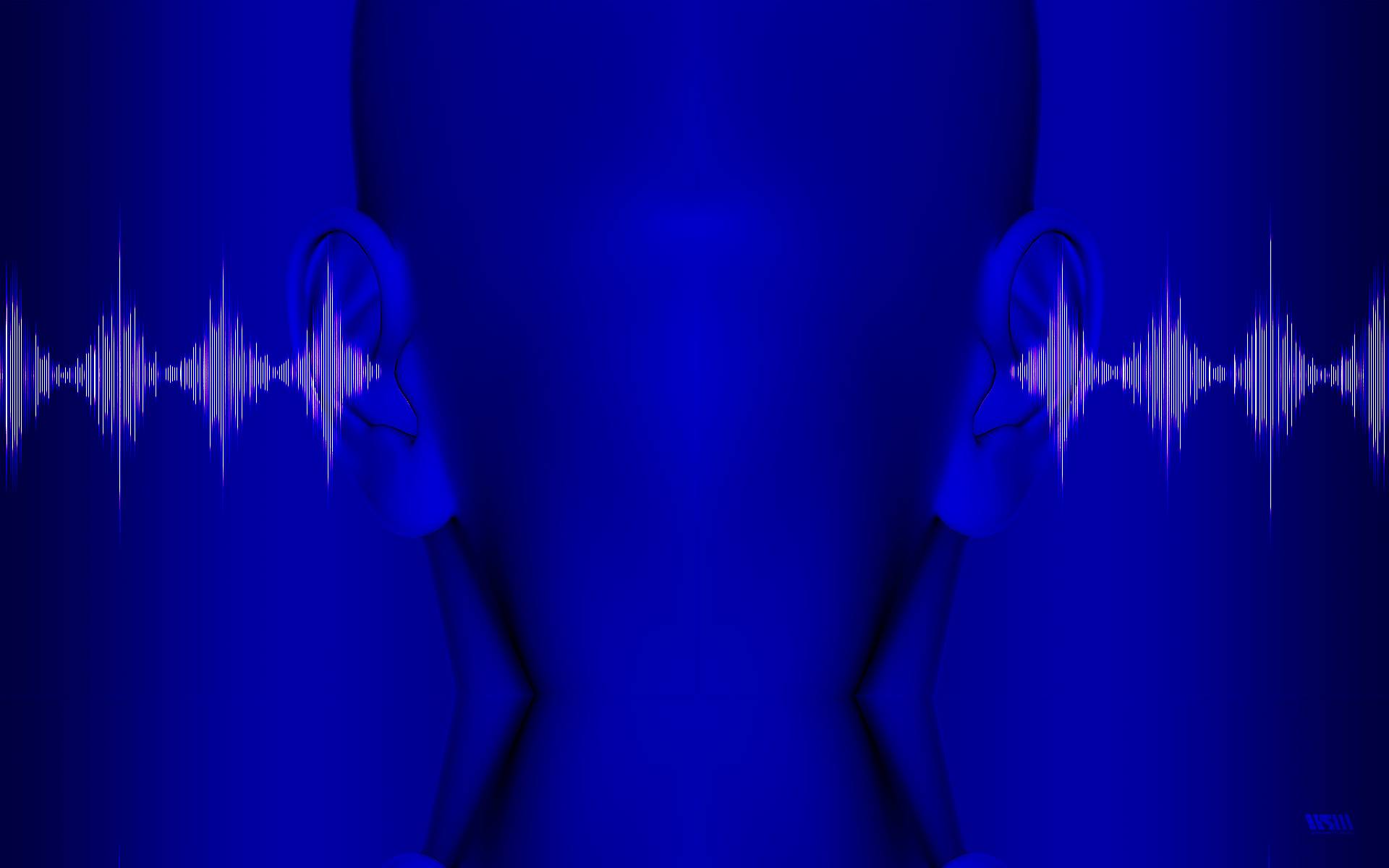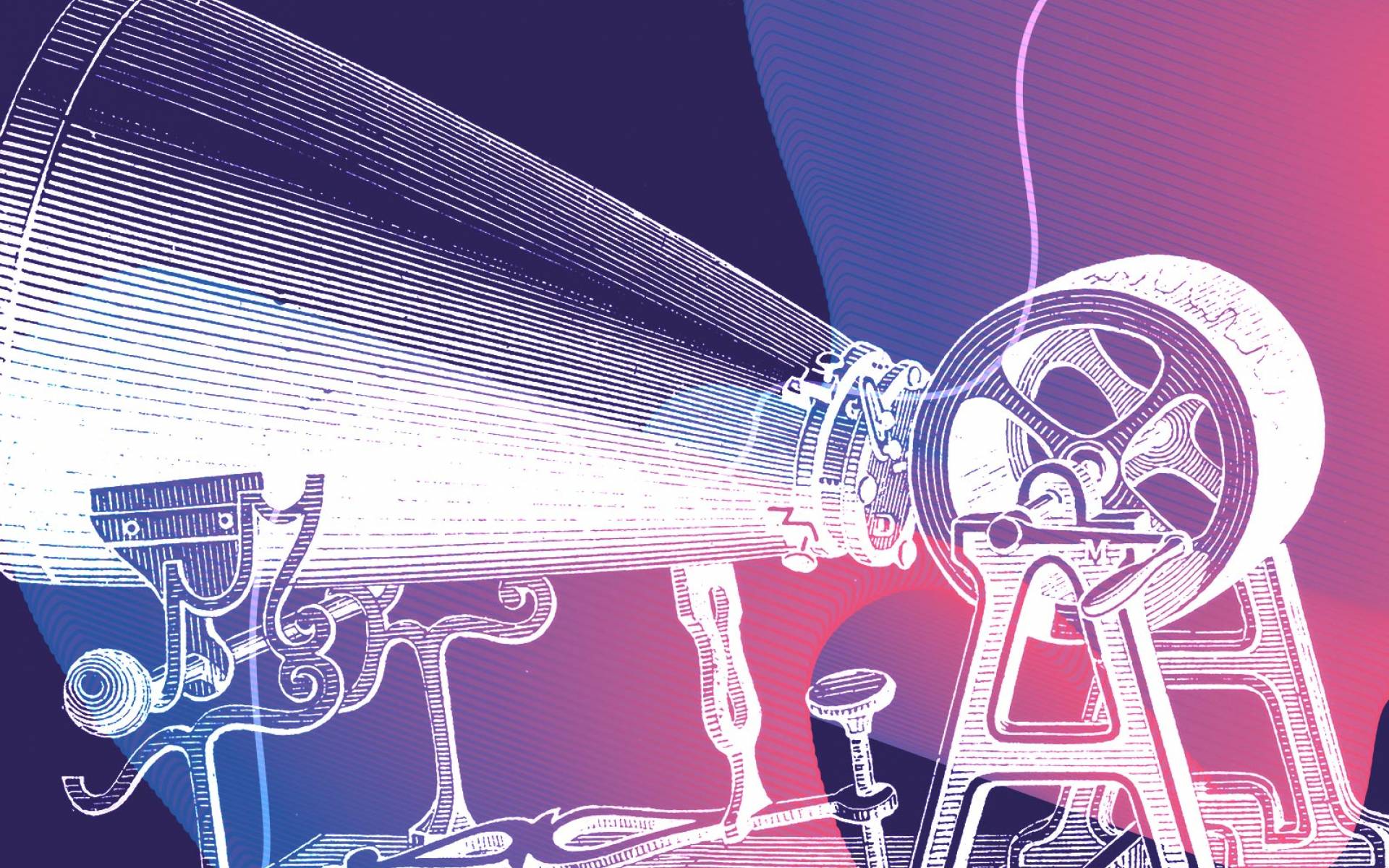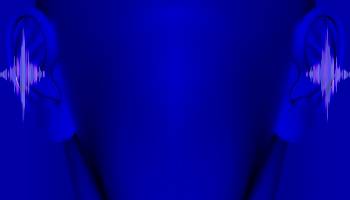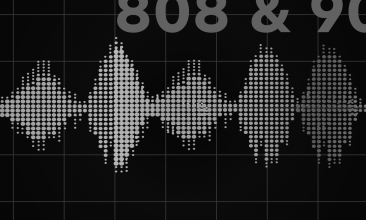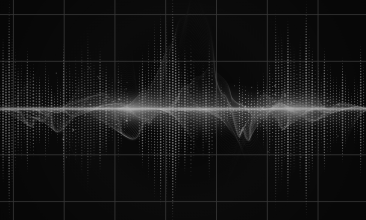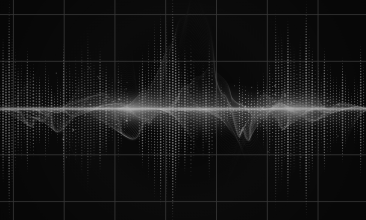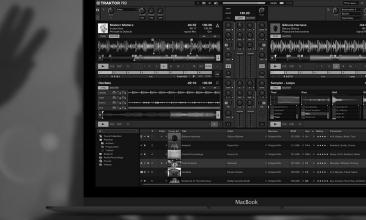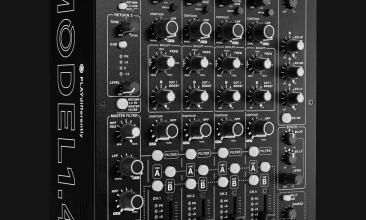Analog and Digital sound
Which Sounds Better?
Let's start with the basics, what is sound?
Sound is a vibration that propagates as an acoustic wave, through a transmission medium such as a gas, liquid or solid. In human physiology and psychology, sound is the reception of such waves and their perception by the brain.
Only acoustic waves that have frequencies lying between about 20 Hz and 20 kHz, the audio frequency range, elicit an auditory percept in humans. In air at atmospheric pressure, these represent sound waves with wavelengths of 17 meters (56 ft) to 1.7 centimetres (0.67 in). Sound waves above 20 kHz are known as ultrasound and are not audible to humans. Sound waves below 20 Hz are known as infrasound.
What is analog and what is digital audio?
Analog audio
Analogue recording methods store the electrical signal directly in some form of physical medium.The human ear inspired the first audio recording device, invented in 1857 by Édouard-Léon Scott de Martinville. The machine was called a phonautograph. A horn played the role of the ear canal, taking air down to a thin piece of parchment. Like the eardrum, the parchment oscillated when vibrating air passed by it. But in the phonautograph the movement was transferred from the parchment to an attached stylus. A piece of paper then recorded the drawings made by the stylus. Each step of this process is a physical transfer of vibrations from one medium to another, so the end result is a curve showing the changes in air pressure that created the original sound. The fact that the drawings could contain enough information to reproduce the recorded sound did not appear to occur to de Martinville or his colleagues, but it’s hard to fault them for not immediately assuming a squiggle on a page could be used to reproduce complex sounds. Analog audio consists of a continuous signal with varying voltages that represents sound, directly from the source. The vibrations produced to create those sounds are precisely what is recorded. Analog recording equipment that is typically used, consists of a microphone, mixers, cables and a physical medium like tape or vinyl.
Digital audio
In the electrical signal from a microphone, the voltage changes depending upon changes in air pressure (the sound waves). A computer converts these changes in voltage into a digital signal using an analogue-to-digital converter or ADC. The digital signal is stored in the form of binary numbers in a file type like wav, mp3 etc. on a hard drive or similar digital storage equipment.
Analog or Digital sounds better?
Sound quality depends on a lot of factors, and it is impossible to definitively state that either analog or digital is fundamentally better. These days, many records are made using playback of a digital file, so vinyl preference cannot be attributed solely to the differences in the way the sound wave is reproduced. But the fact remains that analog captures a physical process whereas digital uses mathematics to reduce the process to finite bits of information. What, if anything, is lost in that reduction is difficult to pinpoint. But the limitations of math in replicating reality may factor in to the difference in listening experiences reported by so many vinyl lovers.
Because mathematics describes an idealized version of reality, the reconstruction of a sound wave from a digital file may not perfectly match the vibrations of the sound itself. On the other hand, analog recording is purely physical. Does this mean analog is more accurate? No, it just means it’s different. Movement, dust or scratches can change the sound an analog player makes, and the recording process is similarly sensitive. The sound wave produced by analog playback could be further from the original than a good quality digital file would be.
Audio playback is always analog
Regardless of recording technique used, audio playback is always analog. Whether you are using speakers, headphones, earphones, intercoms or paging systems, the audio playback is still analog. This is because audio is not discrete, it is a continuous wave of variations in sound pressure represented by changes in voltage. The difference is that analog playback systems can reproduce the sound with more clarity, reproducing the fine points of recording from the moment the pitch changes to the intensity in sound. Likewise digital playback systems must undergo an digital-to-analog conversion (DAC). There can be some discrepancies or changes from the original analog sound because digital recording can use different techniques to encode the audio.
If the recording uses any form of compression, like in MP3 formats, the quality of the audio decreases. Compression of the original audio is used to save storage space on media or improve bandwidth on a network. Thus audiophiles are never satisfied with digital music formats that use a lossy type compression because plenty of the original recording’s quality will be lost. There are well recorded digital formats like CD and DVD which do not lose as much quality because they have a different encoding method. Thus a CD will have a closer level of quality to analog sound.
With analog media like cassette tapes and vinyl records, maintenance is key to preserve the audio quality. This is because these media formats are susceptible to dust, mildew, molds and dirt that can degrade the quality of the audio. In the long run it can also destroy the media itself. The material is subject to wear and tear as well, unlike with digital media which have less to no moving parts.
In digital playback, the encoded information represents the audio’s loudness (intensity) and frequency (pitch). When the encoding process has little errors, then the audio playback to the DAC reproduces hi-fidelity music to the speakers. Many digital stereo systems used in home entertainment systems also use digital signal processing (DSP) chips to further enhance the quality of the audio during playback.
For most analog audiophiles it is about the equipment as much as the music itself. Analog is becoming more rare and a niche market due to lesser availability. This does add value as evident in specialty stores that sell the equipment and recordings.
